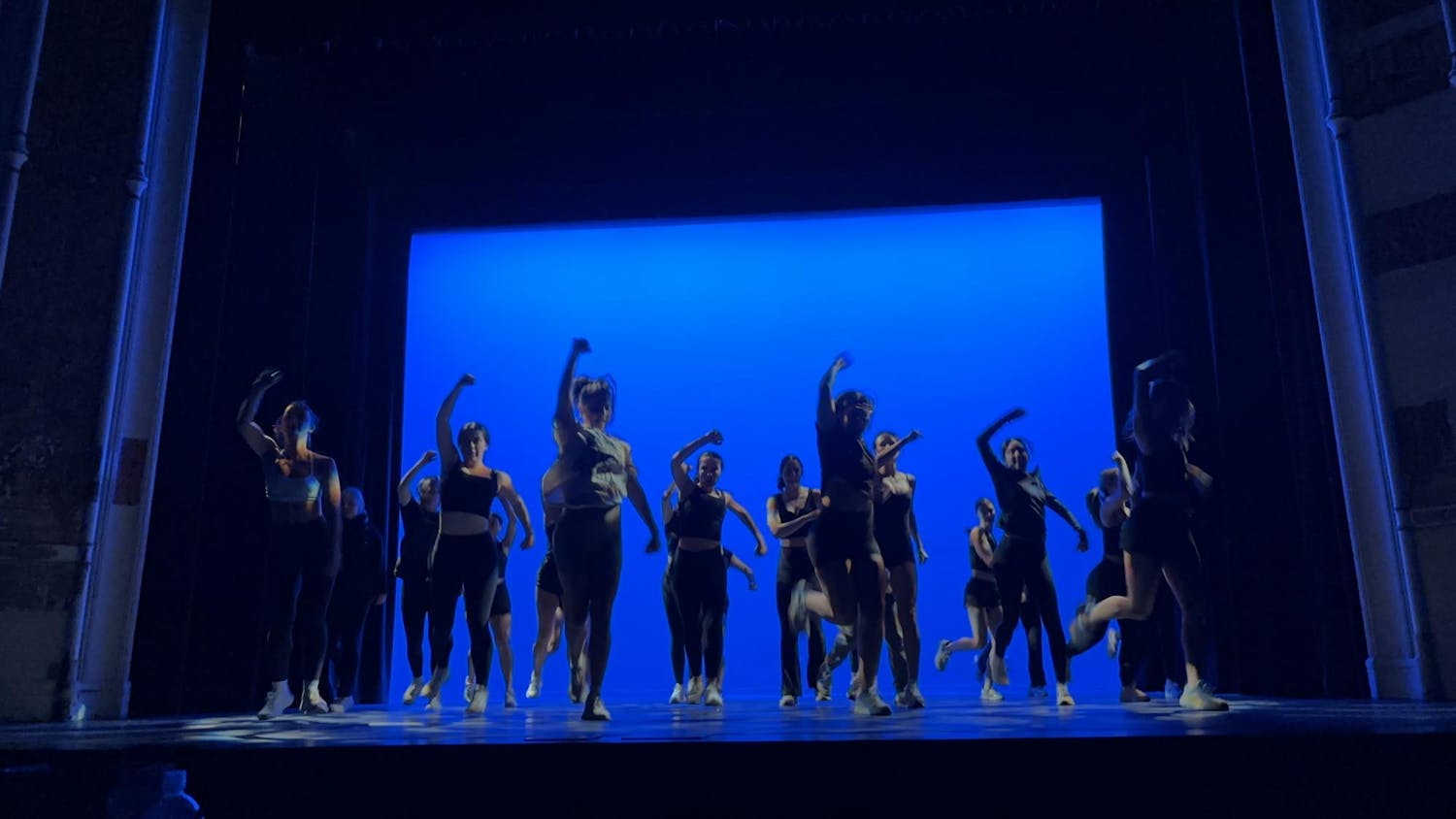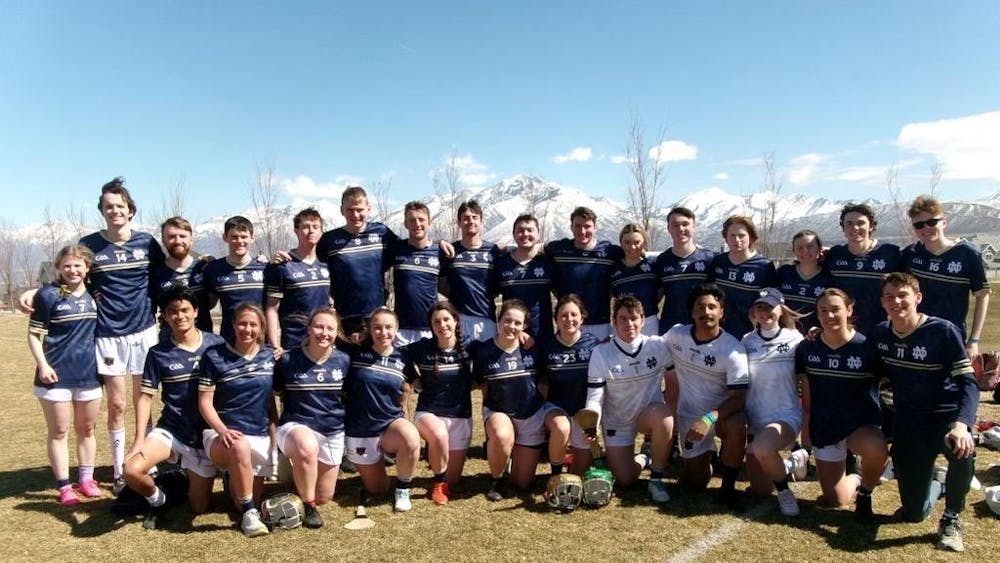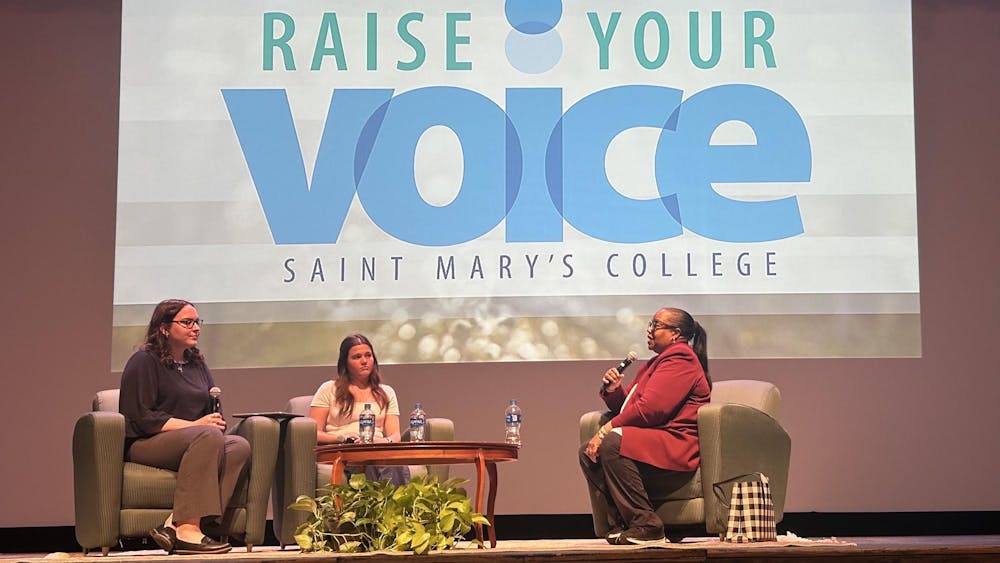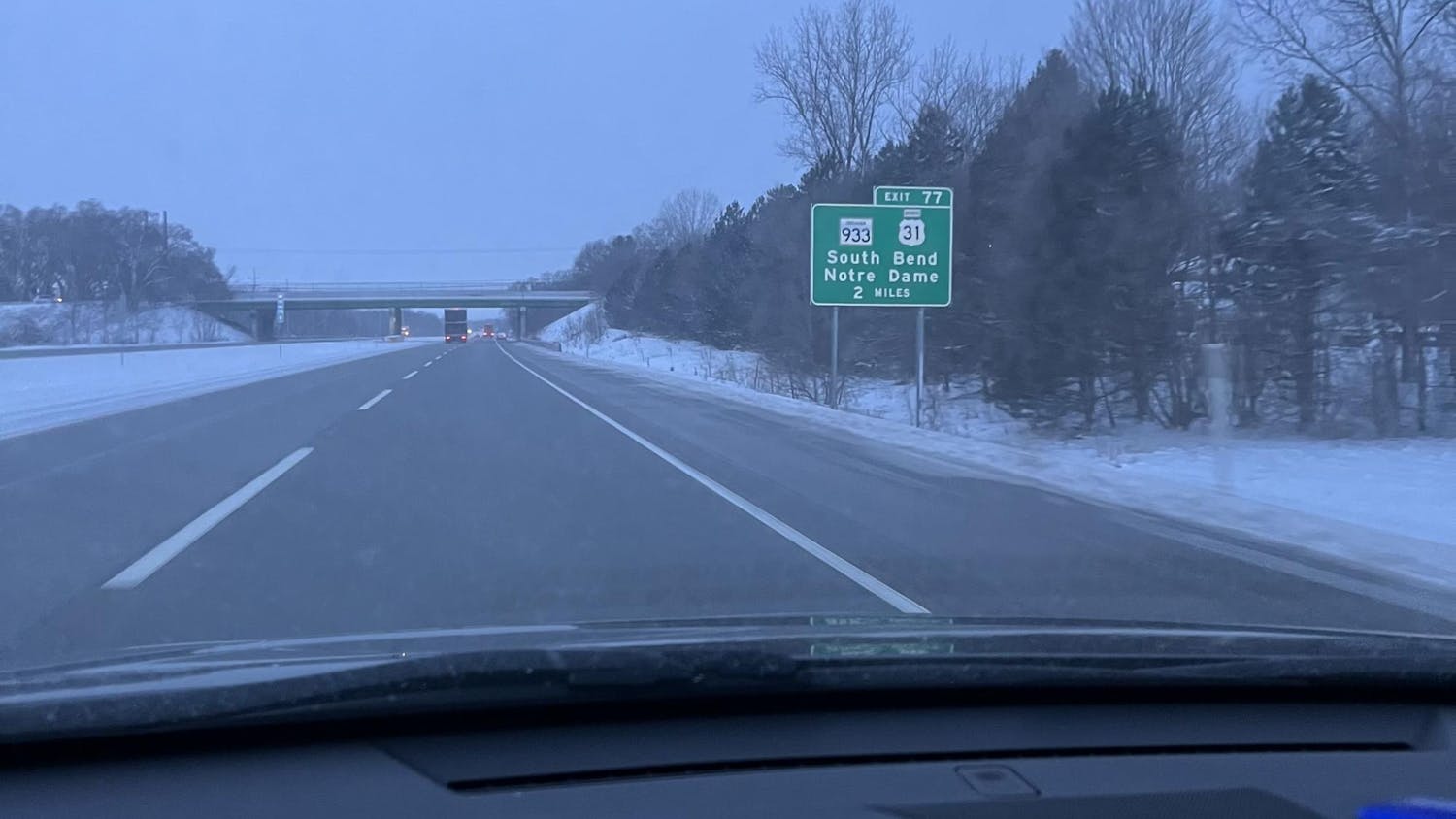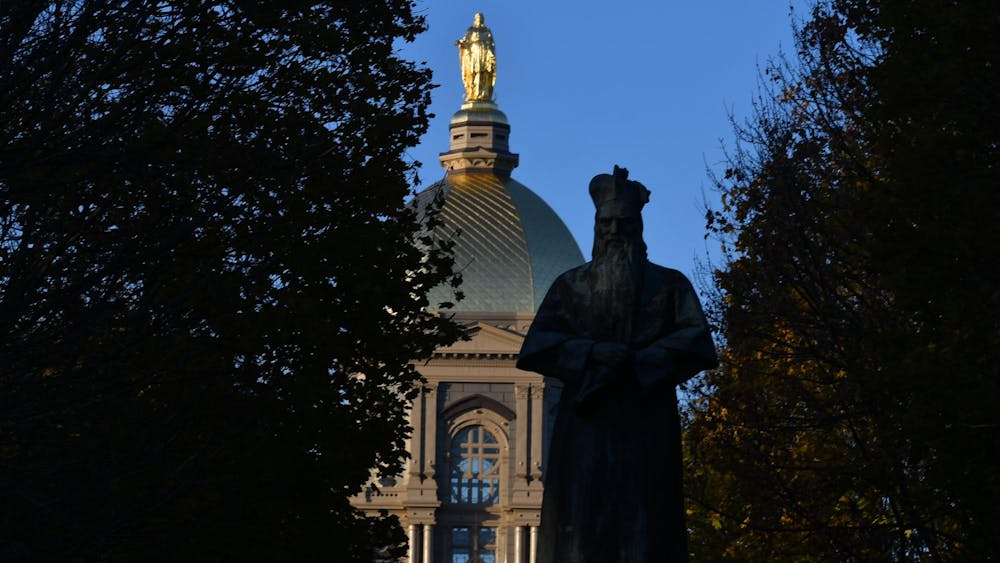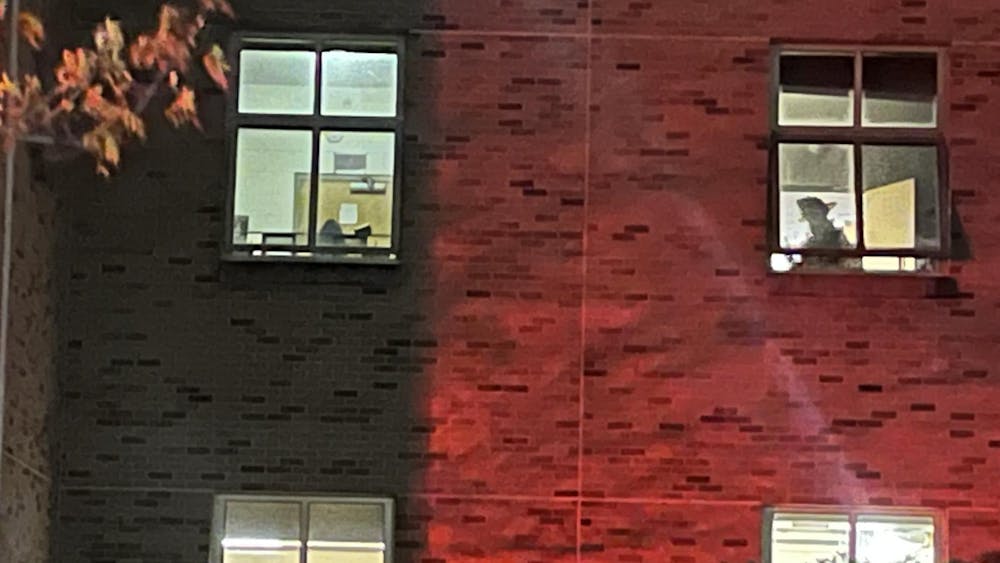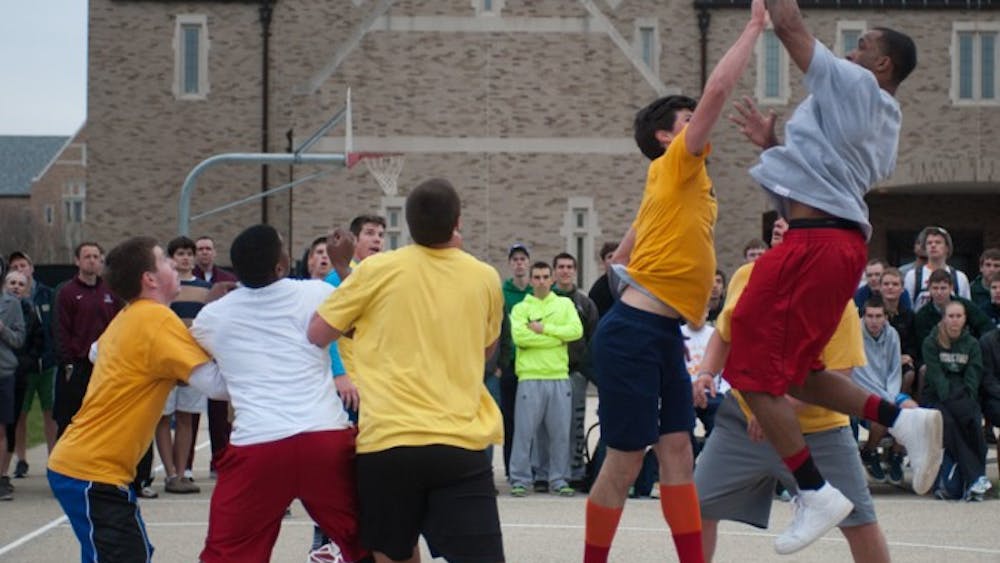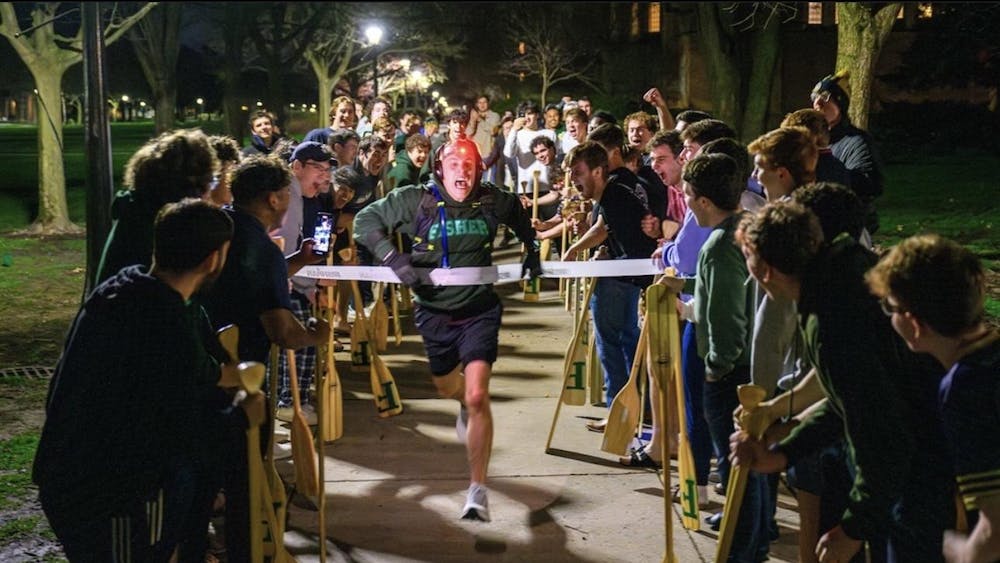Before it was ever a student center, LaFortune Student Center, commonly referred to by students as “LaFun,” was Notre Dame’s Science Hall. Constructed in 1883, the Science Hall was host to scientific research decades before Joseph LaFortune donated the funds to transform the hall into the University’s first student center.
Vice president for facilities design and operations and University architect Doug Marsh, who has led the University in the planning and construction of over 40 campus buildings, said the building has a lengthy history predating its student center days.
“LaFortune Student Center has played a pivotal role in not only the history of our campus and its origins in the Main Quad, but also in the early founding and decades of development for Notre Dame’s many research initiatives,” he said.
In 1893, Notre Dame professor Fr. Albert Zahm proposed the first method to develop successful helicopters at the first International Aeronautics Congress based on research he conducted within the Science Hall. Six years later, the first wireless radio message in America was sent by professor Jerome Green from the Science Hall to Hoynes Hall, which is now demolished. Furthermore, Knute Rockne, as a professor in the College of Science, performed his research in the building.
With the construction of Nieuwland Science Hall in 1952, the role of the Science Hall began to wane. At the time, Joseph LaFortune and University President Emeritus Fr. Theodore Hesburgh were discussing the need for a student social space at Notre Dame, but could not justify the construction of a new building for a student center at the time. LaFortune agreed to donate the necessary funds to renovate the Science Hall into a student center. The building reopened in 1953 as LaFortune Student Center.
1959 alumnus Joseph Mulligan said by the late ’50s LaFortune was among the most popular hangouts on campus.
“LaFortune Student Center was the living room of the University, and was actually the only gathering space, social or otherwise, for students on campus, since none of the then-15 men’s residence halls had rooms, or any social areas, for this purpose.”
Over the years, LaFortune Student Center has become an integral part of the Notre Dame community, Marsh said.
“By nature of its central location and the remarkable variety of its interior spaces, LaFortune Student Center has well-served our students and the larger campus population for nearly seven decades,” he said.
Today, LaFortune provides a meeting place for social, educational and extra-curricular pursuits. Save for breaks, the basement lounges are open 24 hours a day, the information desk has a miniature bookstore and the basement features a flower shop, barber shop, hair salon and more. Other amenities include four different restaurants, a Starbucks and the Huddle Mart, where students can buy snacks, school supplies and quarter dogs.
Additionally, LaFortune frequently hosts residence hall events. Keenan Hall resident assistant and senior Kevin Maus said he’s already attended two dances in the center this year.
“I think it’s a great venue, and we even had Keenan formal there freshman year,” he said.
Many hall dances are held in the LaFortune Ballroom on the second floor, accommodating both formals and SYRs.
Though LaFortune serves many purposes on campus, the addition of newer buildings has drawn traffic away from the area. Maus said Duncan Student Center, which opened in January of 2018, could be reducing LaFortune’s role in campus life.
“[LaFortune] is getting used probably less so now that Duncan’s around,” Maus said. “Providing new lounge and study spaces next to DeBartolo Hall … Duncan Student Center may be attracting students in residence halls [on the south side] of campus, and its unique resources, in comparison to LaFortune, such as the Career Center and gym may signify the beginning of its rise in student center popularity and the possible fall of LaFortune’s role.”



